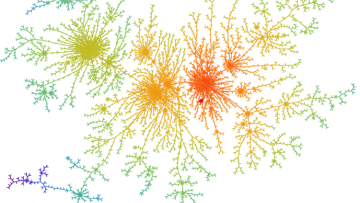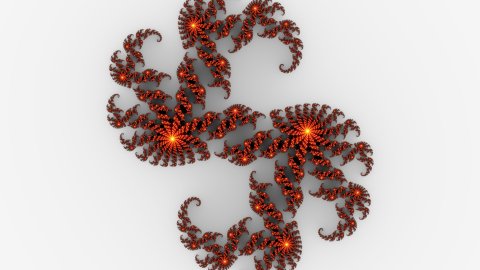11:00
Grothendieck Rings of Varieties and Cubic Hypersurfaces
Abstract
The Grothendieck ring of varieties over a field is a simple idea that formalizes various cut-and-paste arguments in algebraic geometry. We will explain how this intuitive construction leads to nontrivial results, such as computing Euler characteristics, counting points of varieties over finite fields, and determining Hodge numbers. As an example, we will investigate cubic hypersurfaces, especially the varieties parametrizing lines on them. If time permits, we will discuss some of the stranger properties of the Grothendieck ring.




